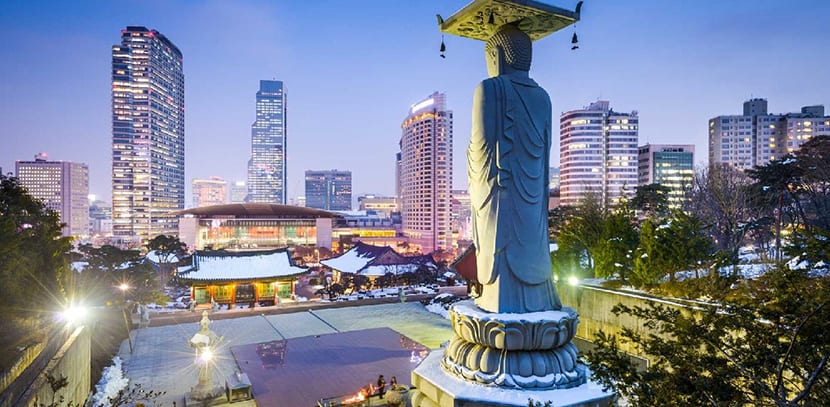
I love the Asia Pacific region and the cultural contrast you experience when you land in a country with another culture and another language, where there are few similarities and many differences. While Japan captured our vision of the future in the '80s and' 90s, today South Koreans with their mobiles, their computers and their soap operas have supplanted them as an Asian and curious tourist destination.
There are differences between one country and another (Japan is more extensive and has more major cities), so for the moment Korea concentrates the visits in Seoul. Let's see what can we do in seoul, the capital.
Seoul Attractions
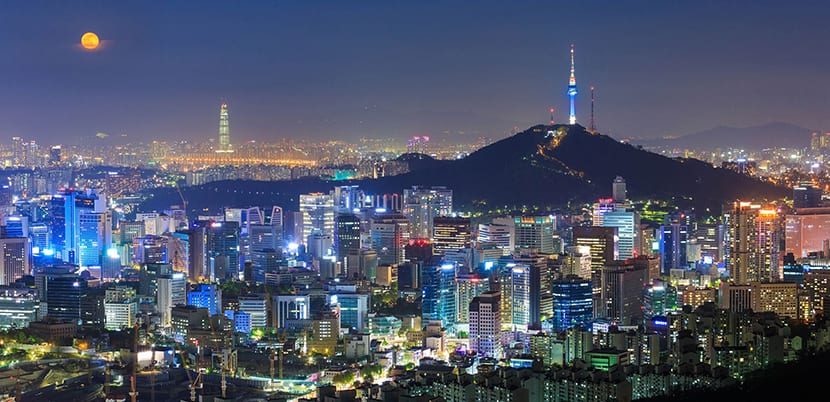
We will talk about what we can visit during the day, what at night, what traditional destinations there are, what we can buy and what tourist routes the city has designed for its visitors. So let's start with main attractions:
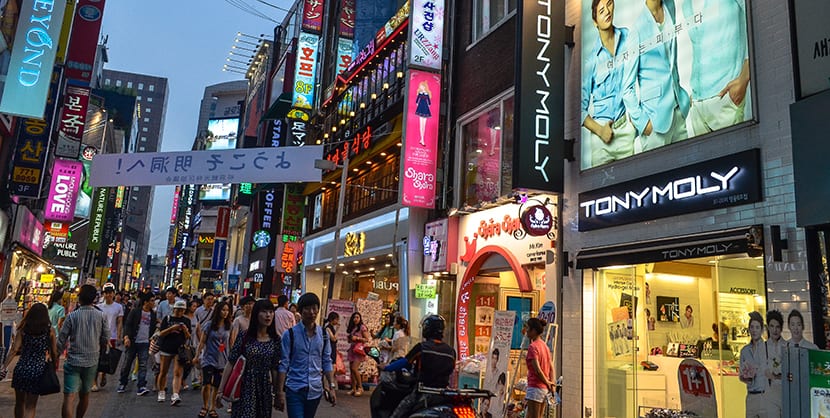
One of the most charming neighborhoods is Myeongdong. This is a good place to stay because has a lot of life. It is a good place to go shopping, go out for drinks, see people, get lost, buy cosmetics (which Koreans love) and get good prices. There is a lot of Asian tourism around here so if you can even get a hotel or a flat because you have everything at hand.
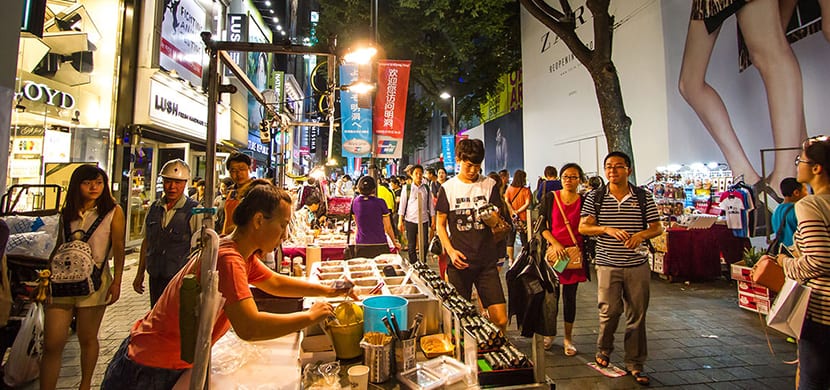
El Dongdaemun Market it is a whole commercial district full of traditional markets, all around Dongdaemun Gate. There are 26 shopping centers that concentrate about 30 thousand stores clothing, shoes, accessories, sportswear, toys and more.
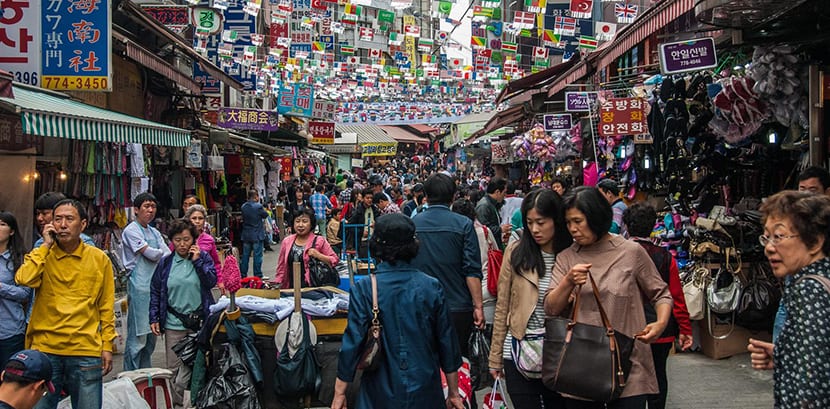
At night there is a very popular market so if you miss it during the day, it will wait for you at night. And you can even go to dinner because there are multiple food stalls in Mukj alleyto. Before heading here, you can get information at the Dongdaemun Tourist Information Center opposite Exit 14 of Dongdaemun Historical and Cultural Park Station.
The other popular market is the Namdaemun Market. It has more than 10 stalls, all located around the gate of the same name, which is at the same time one of the surviving medieval gates of the old city. Good prices, lots of merchandise, the must see. From medieval times there is also the Muralla. It was originally built in 1396 and travel 18.6 kilometers along many mountains and at a height of between seven and eight meters.
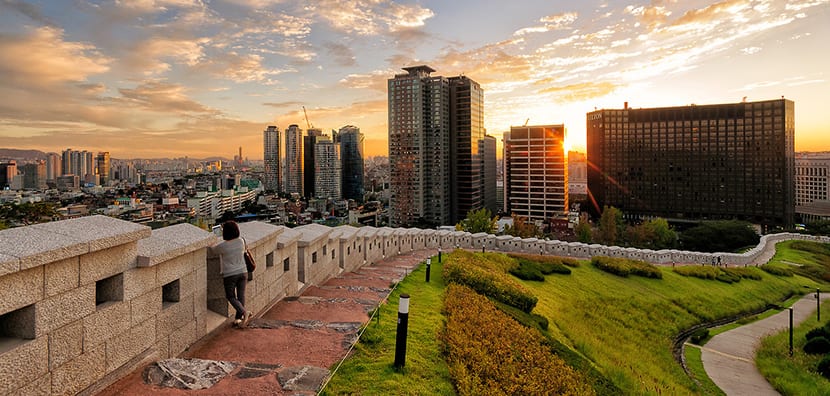
It once had eight gates, built in the late XNUMXth century, but only six remain. There are six recommended tours lasting between one and three hours So on a sunny day my advice is that you opt for one and embark on an adventure. La Muralla has its own website and the information is in English and is very complete.
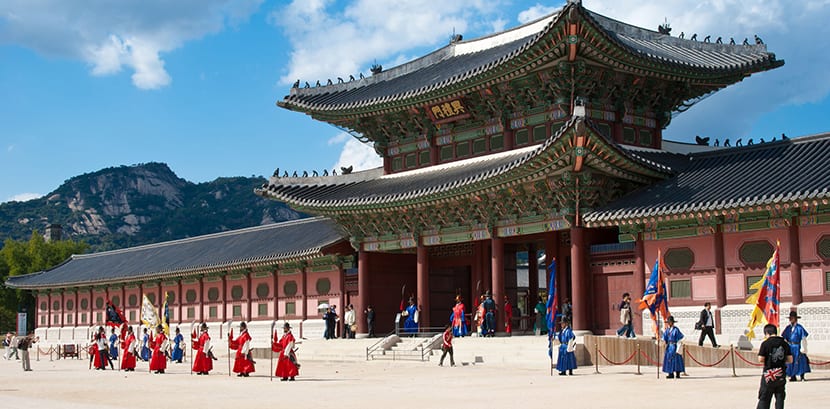
For historical chapters there is the Gyeongbokgung Palace built by the Joseon Dynasty in 1395. It is in the center of Seoul, Hanyang, and is the largest of all the palaces ever built by this dynasty on the peninsula. In the '90s it was rebuilt and restored because the Japanese ruined it during the occupation, but after two decades of intense work it is like new and houses the National Folk Museum and the National Palace Museum. It generally opens from 9 am to 5 pm and closes on Tuesdays.
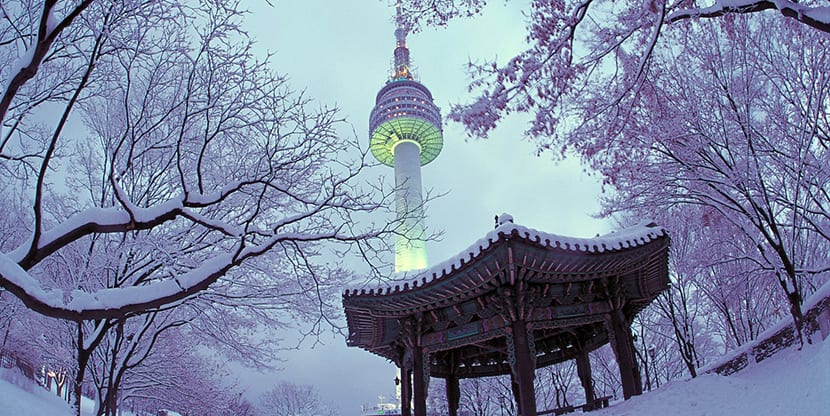
La Namsan Tower You will see it day and night because it is the most classic postcard of the skyliner of Seoul. It dates from 1969 and is a radio and TV transmission tower. It opened to the public in the '80s and has a digital observatory, an outdoor terrace, a couple of restaurants, and a night lighting system lovely. With the observatory it offers 360º views and you will see on 32 LCD screens the 600-year history of Seoul.
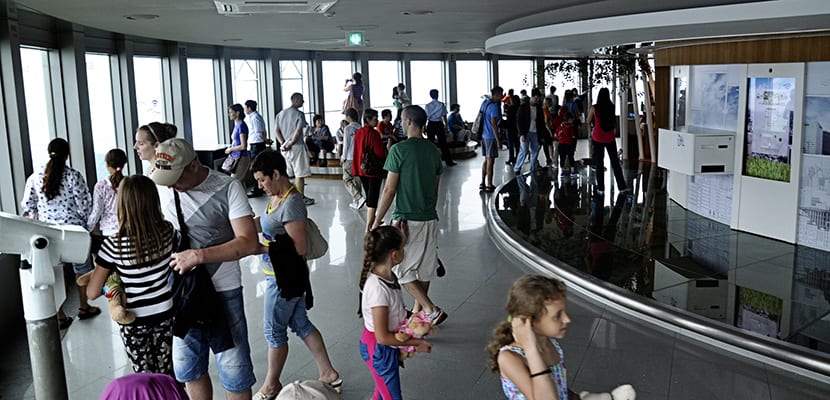
The observatory is open from 10 am to 11 pm and on Saturdays until midnight. Make sure you go to the bathroom, the views are great! Observatory ticket costs 10.000 won and a beer combo 16.000 won. If you go with dollars to the exchange you earn a little because the won is just below the dollar.
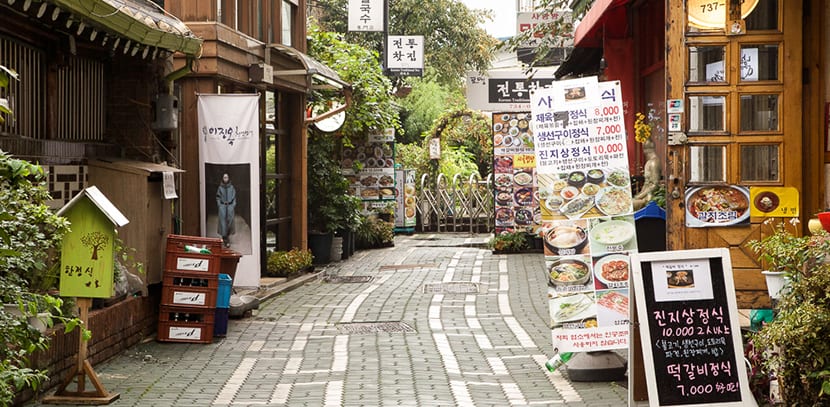
Now we have to talk about Insa-dong. It is a quieter neighborhood and typical it is possible to run into women dressed in the traditional Korean costume, Hanbok. It is the place to visit a wooden tea house, buy traditional food or souvenirs or fashion boutiques.
On Sundays the streets are closed to traffic car so it's even better. At night you can also visit the Cheonggyecheon Stream.
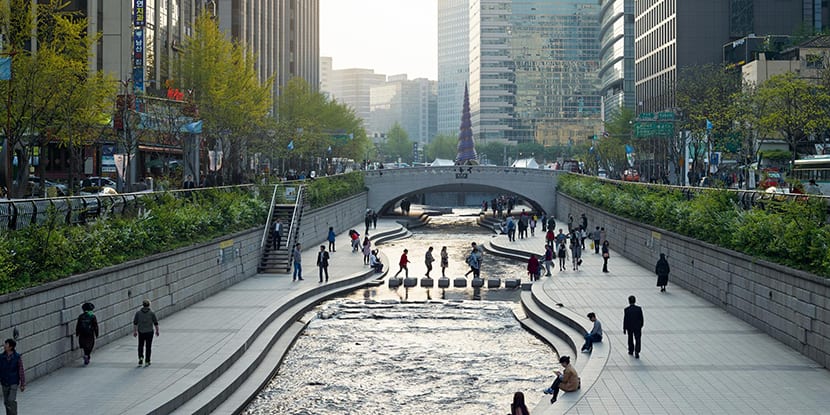
It is a stream of 11 kilometers that crosses the city center and was created in an urban renewal project. It actually existed in ancient times but it had been covered after the Korean War to make a highway pass through. The project blew up the highway and made the creek reappear and today it is the most beautiful postcard in Seoul. It has 22 bridgesIt has its own museum and is illuminated at night.
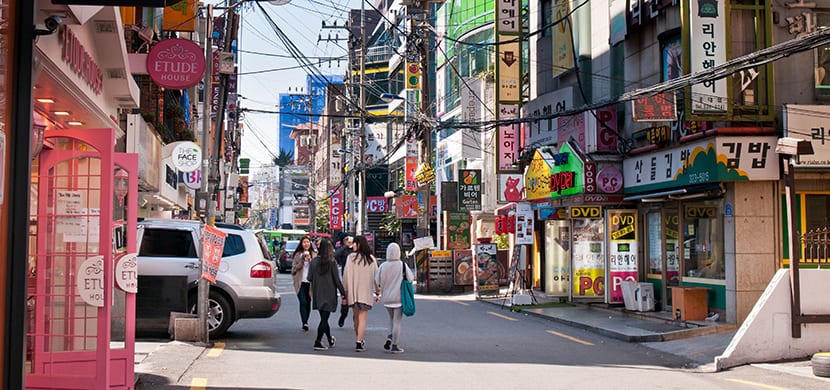
If you like korean pop culture, so in vogue with soap operas (k-dramas) and k-pop groups (reminiscent of Mecano, Menudo or the Back Street Boys), then he headed for hongdae. It is the district of music and art of the new Korean wave, there are people in the streets, shops and so on.
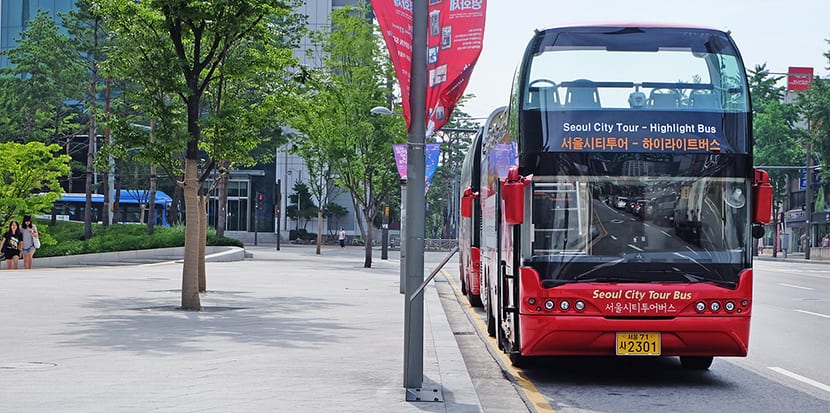
Finally, Seoul also has its own tourist bus: the ticket is valid for the whole day and is one of the ups and downs so you can take advantage of it. They are double-decker vehicles that stop 18 times.
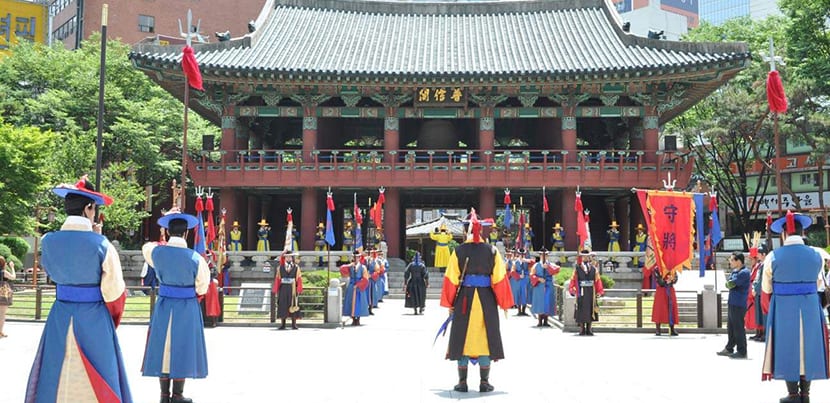
If you want to know the city on foot, you also have that possibility because there are Seoul City Walking Tours specially designed for tourists and with guides who speak several languages. The reservation is made online at dobo.visitseoul.net and the visit includes the royal palaces, forts, ancient temples and the Bukchon Hanok Village.
I think these are the Basic sightseeing in Seoul. With four days you have enough to do them, and even with less if you organize yourself well and the weather is with you. If you still don't know South Korea, don't be scared by the crazy guy from the north. Organize your trip!